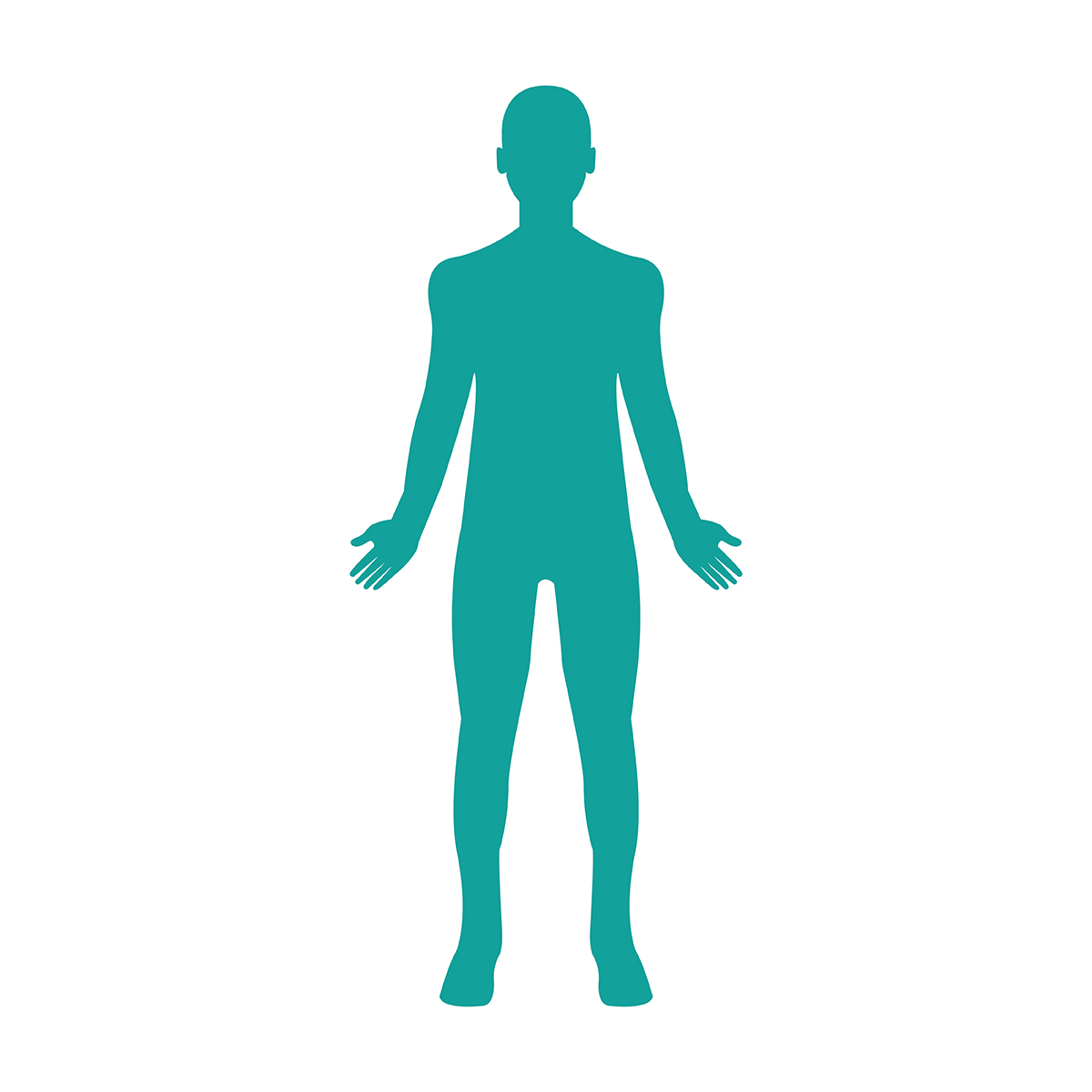The shoulder has the greatest range of motion of any joint in the body. To manage this, the shoulder has to have the right balance of strength, flexibility, and stability. Loss of this balance can lead to pain and injury. Maintaining this balance through exercises aimed at stretching and strengthening can help avoid shoulder problems. The shoulder is one of the most complex joint systems in the body.
Shoulder problems are common. Most cases of shoulder pain arise from soft tissues such as tendons and muscles, and are not caused by arthritis.
How the shoulder works
The shoulder is the most mobile joint in the body and it achieves this through movements at various sites, including the acromioclavicular joint (ACJ), scapula (shoulder blade), glenohumeral joint (GHJ) and the spine.
A group of muscles called therotator cuff plays a very important part in the working of the shoulder, helping to move it and hold the joint together. Problems with the rotator cuff can cause several painful conditions.
Pain can come from a number of sites in this complex region of the body. It may not even be coming from the shoulder complex at all, as it may be referred, especially from the spine.
Treatment
Shoulder complaints that are dealt with promptly are more likely to settle quickly, with a full return to normal strength. The treatment will depend upon the specific diagnosis, but the initial things that you can do yourself are:
Relative Rest – Mild cases of shoulder problems can be treated at home. The priority is to rest the injured area by stopping or changing the activity causing the problem. To relieve symptoms you can:
Apply an ice pack – For a maximum of 20 minutes. A bag of frozen peas wrapped in a damp cloth works well.
Heat – For example a hot water bottle in a cover – can also help to settle muscle spasm and alternating with ice can be helpful.
Anti-inflammatory drugs – For example, Ibuprofen tablets taken according to the directions on the packet, up to the maximum daily dose. Avoid these if you have any contraindications. Paracetamol is an alternative to anti-inflammatories.
Exercises – Are often useful, but will depend upon the type of shoulder complaint you have.
You should aim for a balance between rest and activity to prevent the shoulder from stiffening. One good exercise for all shoulder problems is called a pendulum exercise. Stand with your good hand resting on a table. Let your other arm hang down and try to swing it gently backwards and forwards and in a circular motion. Another good exercise is to use your good arm to help lift up your painful arm.
Try to avoid the movements that are most painful, especially those that hold your arm away from your body and above shoulder height for prolonged periods. When lifting your arm up you can reduce the strain or pull on your shoulder by remembering the following:
- Keep your elbow bent and in front of your body
- Keep your palm facing the ceiling when you reach up
- To lower your arm, bend your elbow, bringing your hand nearer your body
Check your posture. It can be tempting to sit leaning forwards with the arm held tightly by your side. This position can make the problem worse, especially if some of the pain is coming from your neck. When sitting, try to keep a pillow or cushion behind your lower back and your arm supported on a cushion on your lap. Some people find that placing a cushion or rolled towel under the armpit and gently squeezing onto it can ease some of their pain.
If your shoulder is painful to lie on, try the following positions to reduce the discomfort:
- Lie on your good side with a pillow under your neck. Use a folded pillow to support your painful arm in front of your body. Another pillow behind your back can stop you rolling back onto your painful side
- If you prefer to sleep on your back, use one or two pillows under your painful arm to support it off the bed
Seeing a doctor
Shoulder pain should always be taken seriously. So, if these approaches are not successful, see a doctor to ensure the diagnosis is correct and to progress treatment.
Many different shoulder problems can be diagnosed on the basis of listening to the story and a good clinical examination. A diagnostic ultrasound is also very useful and x-rays may also be useful. An MRI scan and/or blood tests may also be indicated. The doctor will also want to rule out referred pain, that is a problem elsewhere causing pain in the shoulder.
Physiotherapy
Treatment will include exercises both for the arm and for the neck, as some arm pain can be referred to the elbow. Some of these are shown below and you can start these before you see a physiotherapist. If necessary they may then provide a structured approach to returning to the activity that caused the problem, involving strengthening muscles, flexibility work changes to sporting technique and other activities.
A programme of resistance training, using weights or rubber bands, will strengthen the arm muscles. You can return to sports and other activities when the arm is pain-free and strength is back to about four-fifths of what it was before the injury.
Sports people may need advice and training from a coach to correct errors of technique and equipment.
The vast majority of shoulder problems· do not need surgical intervention. However, when there is a torn tendon, a cartilage injury or severe arthritis, and where no improvement has been obtained after non-surgical approaches, then surgery may be an option.









